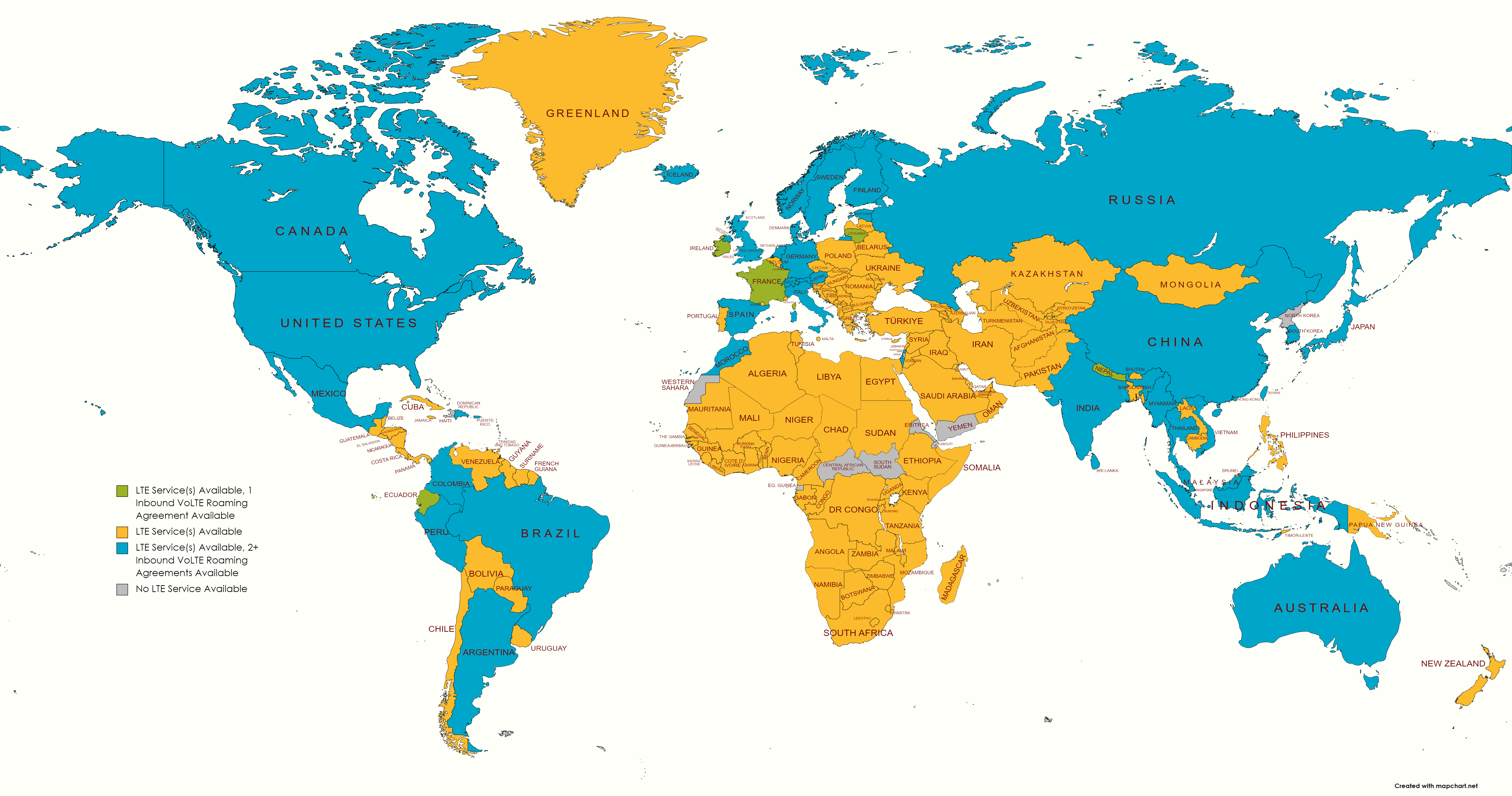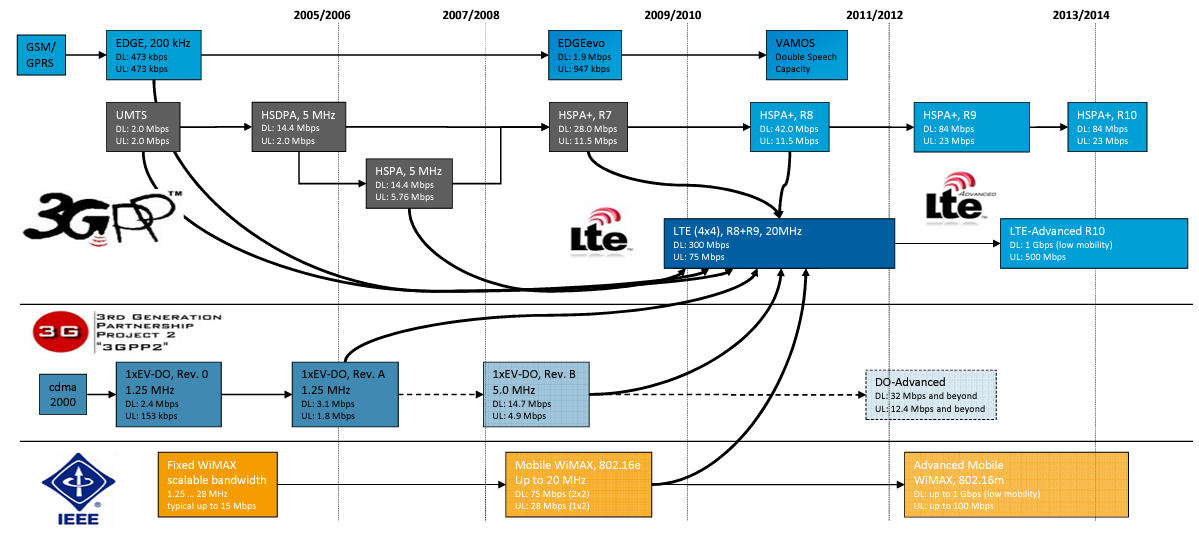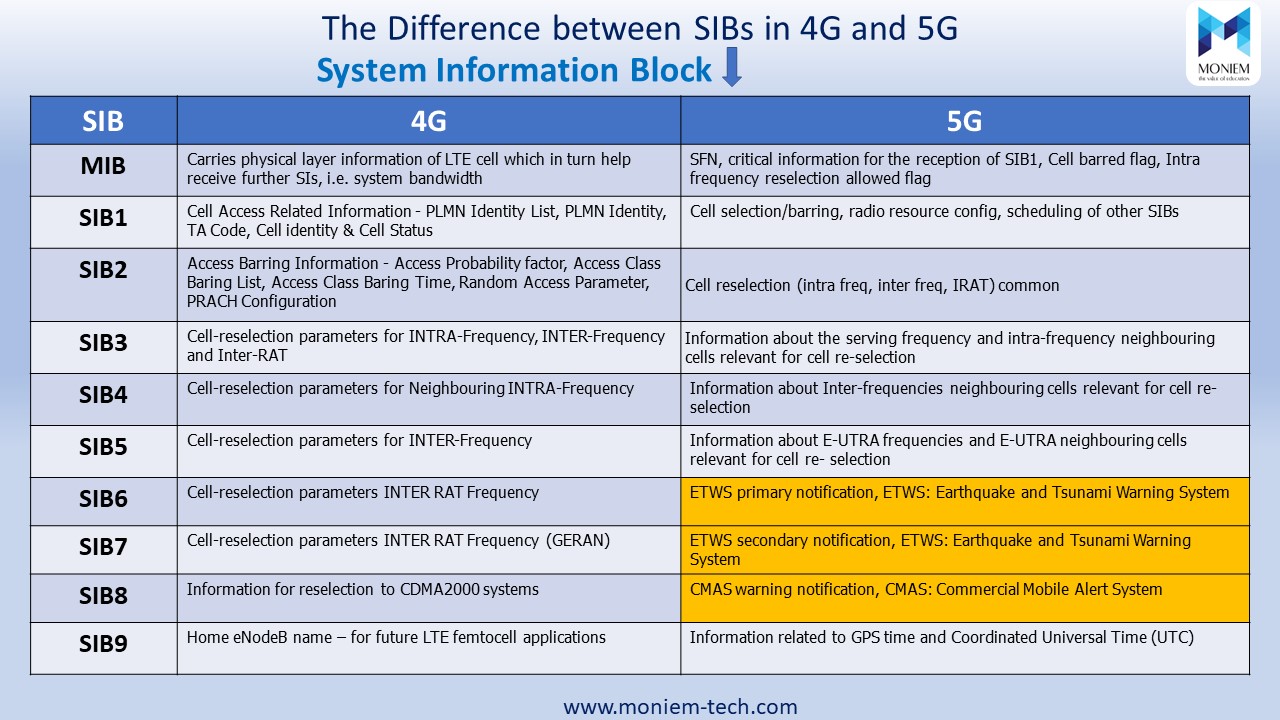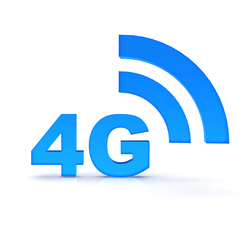The 3rd Generation Partnership Project (3GPP) architecture has introduced a subsystem known as the IP Multimedia Subsystem (IMS) as an addition to the Packet-Switched (PS) domain. IMS supports new, IP-based […]


3GPP specifications cover cellular telecommunications technologies, including radio access, core network, and service capabilities, which provide a complete system description for mobile telecommunications. In general, there are many wireless technologies […]

As you may know that UE can access the network if it can receive some of the System Information (SI) from the Cell (Mandatory). So Let’s understand the main difference […]

In LTE Core Network, all data plane traffic must go through a single node type called Packet Data Network Gateway (P-GW). This centralized architecture is advantageous in terms of operation […]

Depending on the modulation technique, each symbol stands for bits and each data point represents a different bit pattern. QPSK, 16QAM, and 64QAM are used by LTE devices to modulate […]

During RRC_CONNECTED mode, if the eNodeB decides that the UE needs to perform LTE inter-frequency and inter-RAT monitoring activities, it will provide the UE with a measurement configuration which includes […]

Different channels are used for data to be transported through the LTE radio interface. These channels are used to separate the various types of data and allow the data to […]
